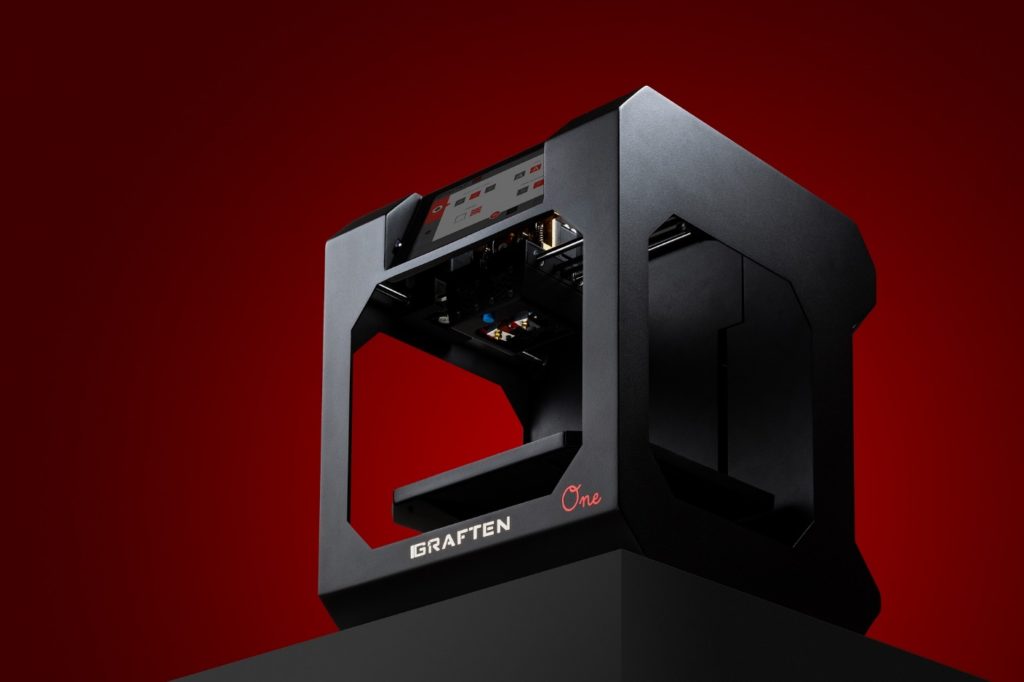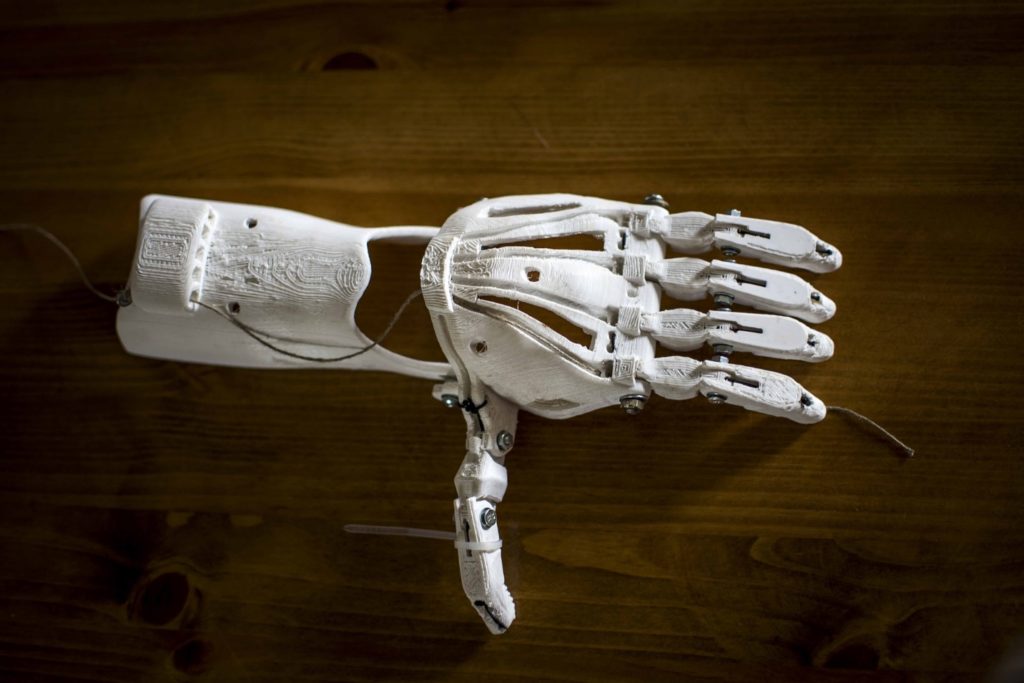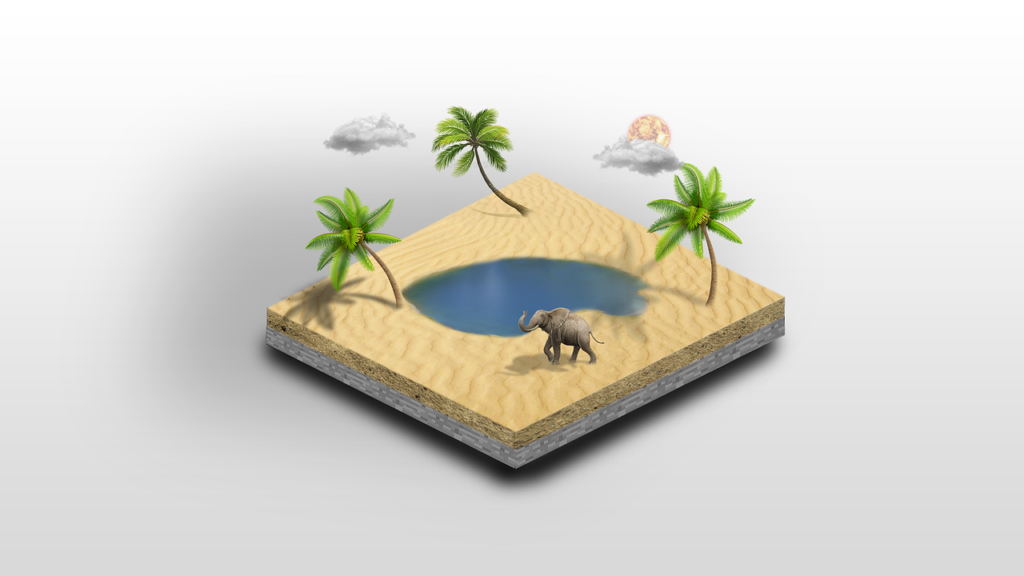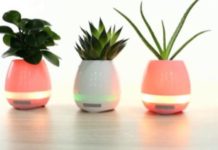 admin | Device Region
admin | Device Region
Image Sources: Pixabay.com
3D printing technology has diverse applications in various fields. The diverse nature of this technology makes it more prominent in the market and most people have faith in it. Due to this, 3D printing technology has accrued more profits and benefits in the recent past than any other printing technology!
The technology has been useful in manufacturing, communication, medical, art, locomotives etc. The following are some of the common application areas of 3D printing technology.
1. Additive manufacturing
This can also be referred to as rapid manufacturing or rapid prototyping. It normally functions by building solid objects in layers which are then stacked on top of each other. In this case, 3D printing is applied to produce many items in a single command. For a long time, rapid manufacturing could not prove many of its processes.
Adapting Selective Laser Sintering (SLS) has enabled illustration of complex relations and processes employed in Rapid manufacturing. Economies of scale have been easily achieved by employing 3D printing technology in the manufacturing field.
2. Research
Due to its ability to make complex, bespoke and specialized geometries, 3D printing has been very useful in the Research Laboratories. Research has shown that this technology can be used to aid in the production of complex chemical compounds. The chemical reaction vessels are first printed and later on, the 3D printer is used to deposit reactants into them.
Over the time, new compounds have been developed to verify the process validity. 3D printing technology has been used in the manufacturing of components to be used in the research laboratories like vacuum components and magnetic shielding.
3. Food manufacturing
During additive manufacturing for food, the food is squeezed out layer by layer to form 3D objects. Pasta, crackers, pizza, and chocolate have been manufactured using 3D printing technology. However only foods with strong textures are feasible for 3D printing. Due to such success, NASA is considering applying the technology to print food in space!
4. Agile tooling
This is the process that involves the use of modular means in designing the tooling to be used in additive manufacturing or in 3D printing to enhance or enable rapid prototyping and quick responses to fixture needs. When it comes to customer and market needs, agile tooling comes in handy as it is both of high quality and cost-effective. Here, 3D printing has been applied in injection molding, stamping, and hydroforming.
5. Bio-Organ printing
 admin | Device Region
admin | Device RegionImage Source: Pixabay.com
The medical field has not been left out in applying 3D printing. Human regeneration science has found 3D printing to be viable when it comes to tissue engineering and replacement. In doing this, cells are cultured in a 3D container that enables the 3D proliferation and growth of the cells as well as availing nutrients.
Through 3D printing technology, patients will no longer have to wait for ages before a matching organ donor is found. Instances of organ rejection will cease to exist. This application, however, may have unforeseen consequences which might compromise the quality of life. Furthermore, ethical issues revolving around human regeneration science remain to be the major hindrance.
6. Dental implants
For many years, the use of artificial material for dentures, implants, bridges, orthodontics, and crowns has been common in the dental sector. Due to the specific nature of each patient, this process has been very expensive and time-consuming. Thanks to both the direct and indirect 3D printing of the actual part or just a mold, the process speed has been accelerated. This has provided a faster and cheaper alternative to the traditional dental implant methods.
7. Education
Education system becomes efficient and useful only when the students are able to relate the knowledge to actual real-life experience. By doing this, the students are aided in reaching their full potential.
By the use of 3D printing, the students are able to realistically interact with the subject matter and this makes the learning process easy. The best 3D printer under 500 USD in the market can be used for both quality output and affordability.
The students are now able to use 3D printing to make and fabricate their own designs and this has made such courses to be attractive and practical.
8. Art and creativity
 admin | Device Region
admin | Device RegionImage Source: Pixabay.com
When it comes to the presentation of ideas and creativity, a person needs a platform where the idea can be actualized either inform of a drawing or a real product. Modern artistic designs have employed the use of 3D printing to come up with unique, sophisticated and elegant products that can never be made using the conventional methods. This comes in handy when it comes to customization according to a customer’s specifications and desires.
3D printing technology has great potential to revolutionize the world by making processes easier and faster just by the use of computer-aided design software. The realistic nature of the output makes the technology both appealing and practical. Advance in this technology will make much to be achieved in only a short period of time!


